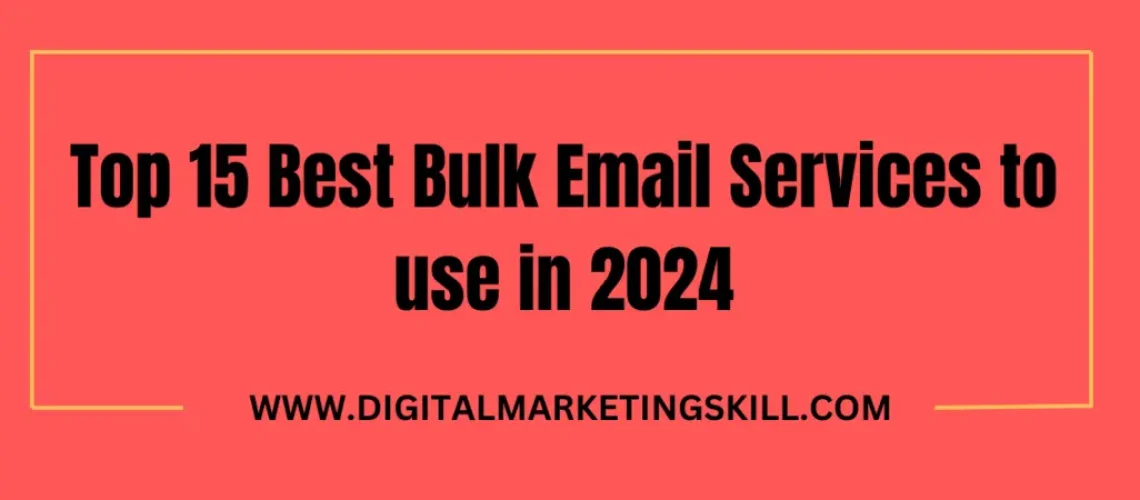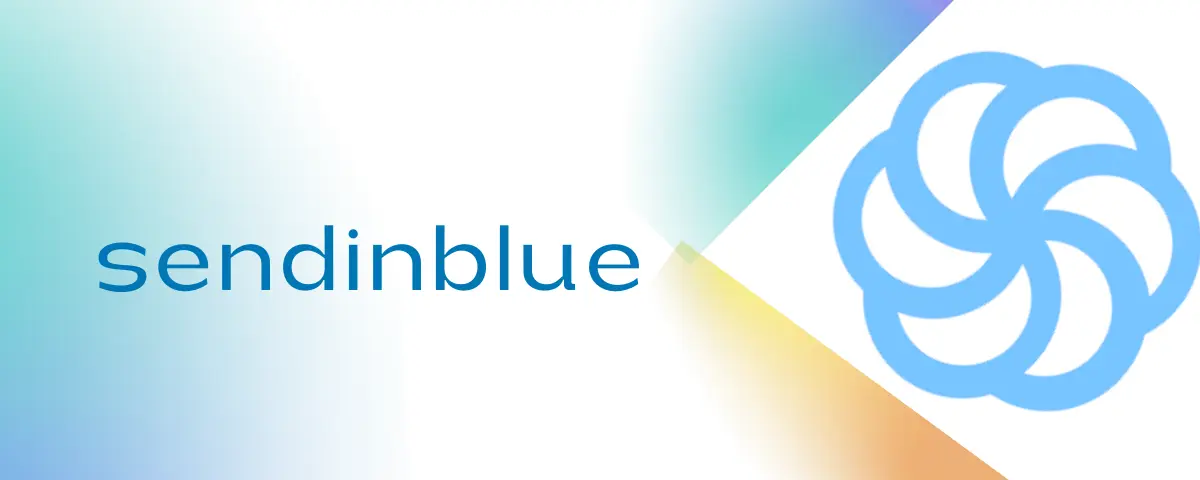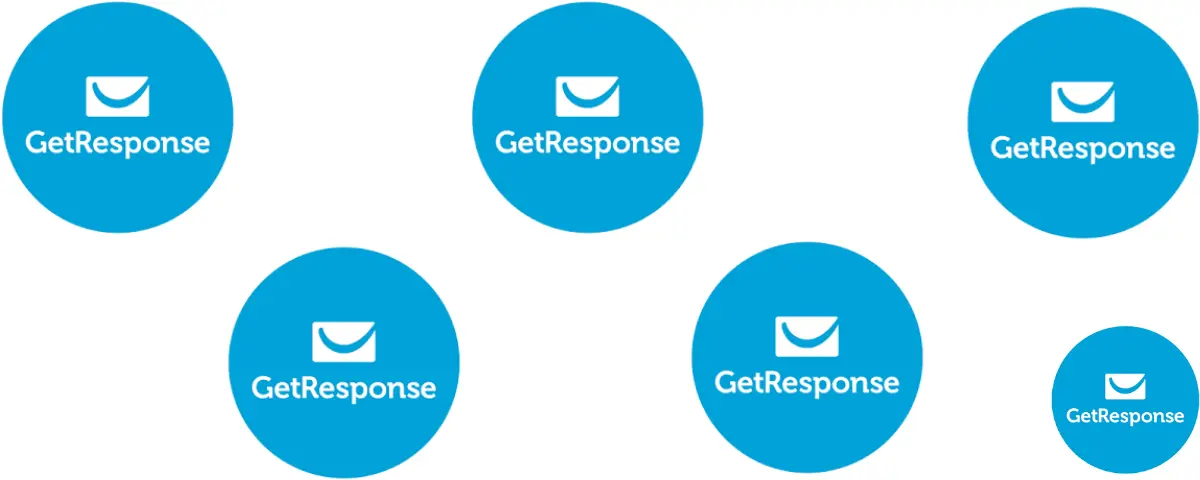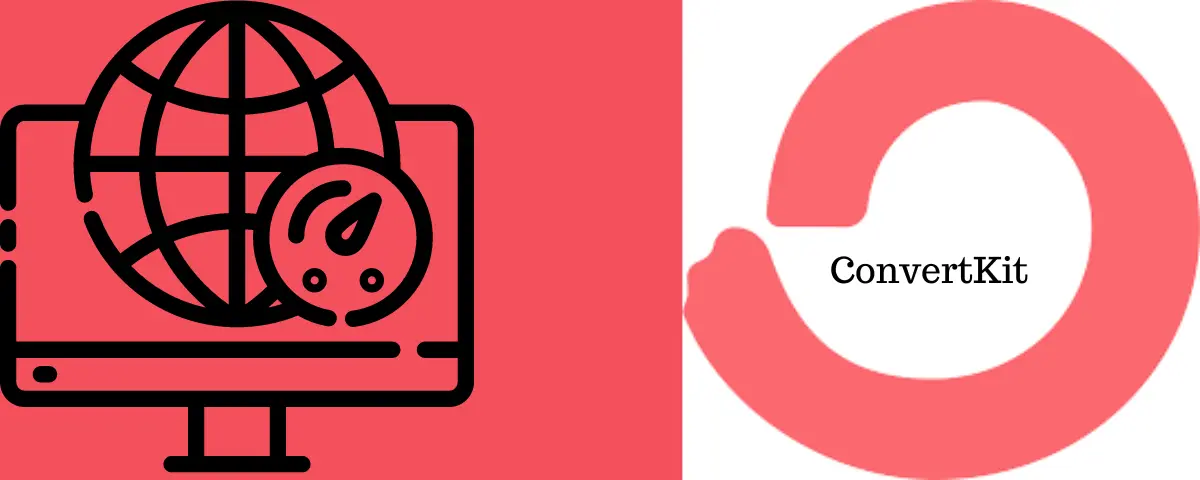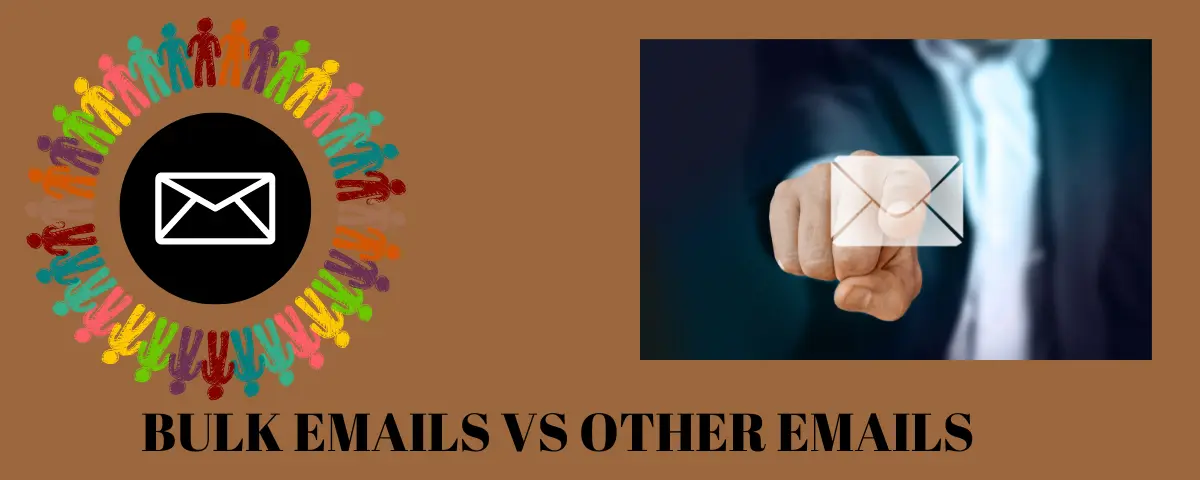If you are into business, reaching your audience is more important than ever, and email marketing is one of the best ways to do it. However, sending bulk emails can be tricky.
Imagine spending hours crafting the perfect email campaign, only to have it land in spam folders or worse, never reach your subscribers at all.
Many businesses struggle with issues like low delivery rates, poor responses, and the risk of their emails being marked as spam. This can lead to frustration and wasted resources, leaving you wondering if your efforts are even worth it.
In this article, we’ll look at the best bulk email services, explaining their features and benefits to help you pick the right one for your needs. With the right service, you can improve your email campaigns, boost engagement, and get better results for your business.
What Are Bulk Emails?
Bulk emails are emails sent to a large number of people at once with the aim of marketing a product, sending out a newsletter, making promotions and announcements, sending out updates, and even sending out invitations.
In email marketing, the term “bulk” doesn’t necessarily imply spam or unsolicited messages. Instead, it indicates a strategic approach to reaching a sizable audience with relevant content.
Businesses use bulk emails to engage with their customer base, nurture leads, and promote products or services.
The effectiveness of a bulk email campaign depends on factors like content quality, audience segmentation, and adherence to email marketing best practices.
What Are Bulk Email Services?
Bulk email services are email service providers that provide the avenue for many emails to be sent out to many recipients at once. It works using software and can send messages to thousands or even millions of people, depending on how much the user is willing to pay.
They are also commonly used by organizations and businesses to send out announcements, promote sales, and even send out newsletters.
Why Should You Send Bulk Emails?
1. Reach a large audience
Get 50% Discount to Master ALL Aspects of Digital Marketing That Can Earn You $2,500 - $5,000 a month (Even if you are a complete beginner!)
Our students that intentionally implement what they learn from our digital marketing course make back the entire course fee within a single month or more after completing our course because our course gives them many income generating options with unlimited earning potential with no age or location barrier. The best part is no technical skills are required.
An opportunity to change your lifestyle and make money working from anywhere in the world. The results our students get from our digital marketing course prove this could be applied to any market or country and that it is designed for any skill level and work background.
*By signing up, you agree to our privacy policy and terms of service.
With bulk emails, you can send messages to over one million people at once. This is very beneficial for businesses and organizations, as it improves their communication, saves time, and is a more efficient way for them.
Companies use it for marketing campaigns and announcements to a broad audience. The organization doesn’t have to worry about sending the emails one by one. In one click, all the recipients receive their messages.
2. Cost-effective marketing
Bulk emails are a very cost-effective way to promote products and services without having to spend extravagantly.
In comparison to traditional marketing, where companies have to print flyers or write mail to be posted, bulk emailing involves individuals sitting in the comfort of their homes and offices and clicking a button, thus reducing the costs of printing and postage.
3. Time efficient
With the click of a button, the system delivers messages to all recipients. Not only does bulk emailing save money, but it also saves time. It is a very time-efficient method of communication.
4. Personalization and targeting
Bulk emails also foster the personalization and segmentation of emails. Through bulk email service providers, users can personalize their emails to the recipients and also research so they can categorize clients according to their needs and characteristics.
5. Optimization for Effectiveness
Businesses can utilize the automation features included in bulk email platforms to set up drip campaigns, welcome sequences, or follow-up messages triggered by user activities. This increases productivity and guarantees prompt communication.
6. Data insights and analytics
Services for sending bulk emails offer comprehensive statistics and insights into the effectiveness of campaigns. To assess the effectiveness of their communication initiatives, businesses might monitor indicators like open rates, click-through rates, and conversion rates.
7. Feedback and Engagement
Users can use bulk emails to ask for feedback or encourage engagement from recipients. Including calls-to-action and interactive elements in emails can prompt users to respond, providing valuable insights into the product or service.
15 Best Bulk Email Services
1. Mailchimp
Mailchimp is ideal for small to medium businesses and startups in need of easy-to-use bulk email marketing solutions. It is very user-friendly and has an extensive library, advanced analytics, and integration with other platforms. It was founded in 2001 by Ben Chestnut and Dan Kurzius.
One of Mailchimp’s main advantages is its drag-and-drop email builder and user-friendly interface, which allow customers to create visually beautiful and compelling email campaigns without requiring complex technical knowledge. Apart from its email marketing characteristics, Mailchimp provides users with the ability to connect with other third-party platforms and services.
With over 100 templates to choose from, Mailchimp offers the option of a free plan or a paid plan. The free plan allows you to send over 1,000 emails to For more on MailChimp, see here
Important features:
- It is incredibly scalable for expanding companies
- It works with nearly every platform
- Has strong email templates
Pricing
Mailchimp’s price list is dependent on the number of subscribers the email would be sent to.
2. Sendinblue
Sendinblue, a company founded in 2012 by Armand Thiberge and Kapil Sharma, offers email marketing, SMS marketing, marketing automation, CRM, and transactional email solutions. It also offers a range of marketing and communication tools beyond emails.
Suitable for businesses of all sizes, Its features help increase engagement with customers. With features that include maintaining contacts, monitoring leads, and customer data analysis, Sendinblue’s CRM solution aids firms in managing client interactions more successfully.
Features
- Robust automation tools
- Transactional email capabilities
- SMS marketing
Pricing
Free plan and paid plan within $25 – $ 65 per month, depending on your plan
3. Constant Contact
Constant Contact makes it simple for companies to plan, execute, and monitor email campaigns. Since its founding in 1995 by Randy Parker and Dan Schepisi, it has grown to be a dependable option for organizations and small companies trying to successfully interact with their audience.
This bulk email service allows customers to monitor metrics like open rates, click-through rates, and conversion rates to gauge how well their email campaigns are working. Constant Contact is popular among small businesses and non-profit organizations because it is easy to use and has effective features.
Features
- Outstanding delivery rates
- Customized routes for every client Proficient analytics and monitoring of campaigns
- A smartphone application that enables on-the-go campaign management
- It has a user-friendly interface, customizable templates, and a marketing calendar that beginners can manage.
Pricing
The price of Constant Contact is also based on the number of subscribers.
Paid plan starts from $12-$80 based on your plan
4. GetResponse
GetResponse is a marketing automation platform.
Simon Grabowski owns it, and it’s suitable for businesses of all platforms. Its marketing automation capabilities are well-known. GetResponse allows users to build a customer base by assisting with the sending of emails.
Features
- Getresponse features include:
- Advanced automation workflows
- Tools for automating SMS marketing
- Incredibly powerful opt-in forms
Pricing
For 1000 contacts, GetResponse Email Marketing starts at $19 per month. Pricing is determined by the number of subscribers.
5. AWeber
This bulk email service only charges its users based on the number of subscribers they have. It is very popular for its flexibility. The auto-responder allows the user to create and send emails quickly, even when they are not there.
As with other bulk email services, it comes with a free and paid plan.
Features
- Customizable templates
- Drag-and-drop email template builder
- Landing page builder
Pricing
Awebers free plan can send emails to as many as 500 subscribers. The paid plan ranges from $12.50-$899 monthly depending on your plan.
6. ConvertKit
This email marketing platform is the best for bloggers and small businesses. ConvertKit makes it easier for us users to create targeted emails and track the performance of the emails. It offers a free 14-day trial period for users to explore it’s features.
Features
- Automated series of emails
- Email assistance and live chat
- Forms and landing pages without limits
Pricing
The free plan ConverKit offers can send emails to as many as 1000 subscribers. The price list is also dependent on the number of subscribers the user has. They offer plans that range from $9 to $93/mo. depending on the plan.
7. Active campaign
It is a versatile marketing automation platform that provides tools for email marketing, sales automation, marketing automation, and customer support. Its user-friendly interface and drag-and-drop editor allow for personalized communication with the respondent.
The features it possesses help users not only gain insight into customer behaviour but also track interactions.
Features
- Third-party integrations and API
- CRM, messaging and LIVE chat
- Email builder and segmentation
Pricing
Their pricing packages come in Lite, Plus, Professional, and Enterprise. It is also dependent on the number of subscribers.
The Professional and Enterprise packages don’t have plans for 1,000 subscribers. Plans start at $29/mo.
8. Drip
Drip is a super personalized automated marketing tool that has all the tools you need to stand out in your business. It comes with irresistible design templates that will wow your audience. The drag-and-drop feature is also very user friendly.
Features
- Automated emails
- Easy-to-use visual email creator
- Email campaign reports based on data
Pricing
They have a free plan that has a subscriber list of 2,500 people. Pricing is based on list eyes and volume. It starts at $39 per month.
9. Campaign Monitor
Campaign Monitor prides itself on having straightforward email marketing and automation tools that help drive results. Its drag-and-drop feature makes for a beautiful user experience. It includes complete customization, mobile optimization, and template management for teams.
Features
- Automation of marketing
- Sign-up forms for campaigns
- Segmentation and personalization
Pricing
The pricing plans include Lite, Essential, and Premier and range from $11 to $149 depending on the plan
10. MailerLite
This book email service platform allows users to create engaging email campaigns, track their performance, send time- and targeted emails automatically, and build websites that enhance business performance.
Features
- HTML and rich-text email editor
- Drag-and-drop email builder with visuals
- Outstanding workflows for automation
Pricing
It has a free plan and a paid plan. Paid plan starts at a steal price of $9 monthly
11. Sendgrid
Sendgrid was founded by Isaac Saldana, Jose Lopez, and Tim Jenkins. The company manages different types of emails and provides link traffic and open rate reporting. What this does is allow users to track the click-through rate, bounce rate, spam, and unsubscribe reports.
Features
- Create emails with HTML code, a drag-and-drop editor, or a combination of both.
- Engage contacts with approachable, time-saving automation.
- Grow your list with branded sign-up forms embedded on your website.
Pricing
They offer a free version and a paid plan. The paid plan starts at $19.95 per month.
12. Emma
Emma is the only marketing platform that makes available all the tools needed to send campaigns that appeal to target audiences. Its features include email editor analytics, automation, segmentation, user permission, and brand controls.
Features
- User permission
- Personalized introductions
- Support with pre-made contact lists
Pricing
Emma has flexible plans for teams of all sizes. Emma provides three plans that start at $99- $249 per month depending on the plan.
13. Moosend
Moosend is designed to make the process of creating and sending emails a lot easier. It’s perks are its management tools, such as segmentation tagging and list cleaning, that ensure that the messages reach the right audience.
The brand email service provider also allows for an easier analytics and reporting process.
Features
- Personalization
- Lead generation
- Tracking and analytics
Pricing
It offers a free trial and a paid plan that starts as low as $9.
14. BenchMark
Connects with your favorite sales and marketing tools when you use benchmark. Their are tools that allow you to test, measure, and optimize your campaigns. Their easy-to-use automation doesn’t require expertise to send out automated, personalized emails.
Features
- Landing Page
- Marketing Automation
- Reporting
Pricing
You can start for free with their free plan and send 3,500 emails per month to 500 contacts. Their paid plan ranges from $13- $76/mo.
15. Hubspot
Hubspot Is a marketing, sales, and service hub that helps your business grow. It’s email marketing service integrates seamlessly with other Hubspot tools and third-party platforms. This makes workflow and functionality more enhanced.
Features:
- Some of its key features are:
- A user-friendly drag-and-drop editor and customizable templates that allow users to nurture leads and drive conversions.
- Outstanding tools for segmentation and personalization
- HubSpot CRM integration
Pricing
Its price is based on the number of contacts and additional features and starts at $800 per month.
Features to Look For in Bulk Email Services
1. Campaign creation
This email service provider allows for the creation of campaigns using templates that they provide. This template ensures that the campaign is visually appealing to the recipients. Repeated use of these templates shows consistency and can further promote the brand image of the user. Recipients would easily be able to recognize the brand’s signature from anywhere; this would also build trust.
This feature also ensures that a professional appearance is provided because it ensures the design and messages align with the brand.
2. List management
This feature allows users to segment their email list based on criteria such as demographics, location, behavior, and even the needs of the recipients. What this ensures is that the emails are targeted and relevant to specific audiences to further promote engagement and conversion.
3. Targeting and personalization
Bulk email services provide users with the opportunity to personalize each email by adding the names of the recipients and also adding other personalized elements like the use of “you.”
Personalization makes the emails more relevant by making them more engaging and creating room for positive responses from the recipients.
4. Automation
Automation technologies let users create drip campaigns, follow-up messages, and welcome sequences, as well as build up triggered email campaigns based on particular user behaviors or events. It increases productivity and provides flexibility by providing relevant messages on time and without the need for human intervention, improving user engagement and experience.
5. Segmentation
This feature allows users to segment their emails based on specific criteria, like demographics. This is done so users can send targeted messages to different audiences.
Segmentation allows for sending specific messages by allowing users to tailor the content to the unique needs and preferences of the target audience.
6. Delivery Scheduling
These services allow for flexibility in the workplace. Emails can be scheduled to be sent at specific times or dates based on when the user feels that engagement would be more based on the optimization of the target audience. This feature ensures that emails reach the recipient when it are most likely to be read to improve click-through rates. For instance, here in Nigeria, people are most likely to check their emails early in the morning, at lunch break, and in the evenings after they close work and are winding down. At any one of these times, it would be best to send an email.
7. Analytics and tracking
Bulk email services don’t just send out emails; they help track and analyze the performance of these emails. It shows if it has been read and if any action was taken or not. They provide insights into the analytical performance of these emails, like click-through rates and bounce rates. This helps users see how effective each campaign is and identify areas for improvement.
8. Integration with Other Tools
Integration with third-party tools and customer relationship management (CRM) systems is a common feature of bulk email providers. This integration improves the overall workflow and streamlines data synchronization.
The integration promotes efficiency and teamwork by guaranteeing that user data is current and consistent across platforms.
9. Design responsiveness
The provided designs allow for creating emails that can be used across different devices and screen sizes, including laptops, tablets, and smart screens. This fosters a smooth sailing user experience and engagement.
Strategies to Create Bulk Emails
1. Have a List of subscribers
For any email to be sent out, there must be a list of subscribers ready to receive the email. Having a list of subscribers who actually like to read and consent to receiving your emails is important. Otherwise, if your emails are sent to random people, they would be considered spam, and they could report you for this. It doesn’t speak well of your brand.
2. Set your goals
Every email sent out should have a goal. Whether it is promoting a product or service, passing information, or making a sales announcement, the goal should be defined and clear even to the respondents. Having a goal makes it easier to track the progress of the email.
3. Target your subscribers
What this means is simply deciding which customers are getting what mail. All your subscribers shouldn’t receive the same emails because they don’t have the same needs. Send more personalized emails, and ensure to segment your emails.
This means listing out emails according to each customer’s preferences; an example could be promotional emails, cold lead emails, warm leads, or new leads.
4. Create a good email design
This is what some would call the easiest strategy. Create the design for your bulk email campaign templates. You can use sites like MailChimp, Sendpulse, and Zurb to perform this action. As much as your email content is important, your design should also be appealing and consistent.
5. Optimize content
After creating and finding the template for the email, optimize the email. How successful the email is depends a lot on how it appears in the respondent’s email. Ensure you pay attention to the subject line, sender name, and address. The subject line should be catchy and persuasive. Also, ensure to preview the email to see how it looks before you click send.
6. Test the email
You might be wondering whether all these steps are necessary, but I can assure you that they are. Once you’ve sent an email, it can’t be undone. So you have to check for all the necessary errors, broken links, and spell checks so your email doesn’t look unprofessional and shabby. This could make respondents unsubscribe and leave a bad name for your brand.
The Difference Between Bulk Emails and Other Emails
Bulk emails are sent simultaneously to a large number of recipients, usually for marketing or informational purposes. They are not as personalized as other emails and are usually standardized.
On the other hand, other types of emails, such as transactional or individual emails, are sent to particular recipients according to customized criteria or in response to particular activities. These emails may include personalized content and are frequently customized for the receiver.
While some emails are used for more specialized and customized communication, bulk emails are typically used for mass communication.
Conclusion on bulk email services
Bulk emails are powerful tools for quick, widespread communication, whether it be for marketing, promotions, announcements, or just regular updates. A business owner or organizations looking to streamline their communication efforts should make use of these.
Bulk email services are an indispensable tool that businesses use to establish and nurture their relationships with their audience. The benefits they offer empower organizations to create, manage, and optimize their email campaigns effectively.
FAQS on Bulk email services
How do I create a bulk email account?
Creating a bulk email account typically involves signing up for an email marketing service that supports bulk email campaigns. Here are the steps you can follow to create your bulk email account:.
1. Choose an Email Marketing Service:
Do your research and select a reputable email marketing service that suits your organization’s needs. Some popular options include Mailchimp, SendinBlue, Constant Contact, and GetResponse.
2. Visit the Service’s Website and sign up
To begin creating your bulk email account, visit the official website of the chosen email marketing service and click on “Sign Up” or “Get Started.”
3. Provide the required information
Ensure you put in the necessary information to create your account. The information includes your name, email address, and password. Some services may also ask for additional details about your business or organization.
4. Verify your email
Verifying your email address is the next step to take. Check your inbox for an email and follow the instructions in the mail. You’ll often be asked to click a link.
5. Set Up Your Account
Once your email is verified, you will now be able to log in to your newly created account. Additionally, we will ask you to provide details about your business, such as your company name, industry, and contact information.
6. Explore Features and Dashboard
Once you create the account, we’ll take you to the dashboard. Get familiar with the features and dashboard of the email marketing service.
Is bulk email known as spam?
Bulk emails should not be considered spam if they are sent to a list of engaged subscribers who have opted-in to receive emails from you. To avoid being flagged as spam, ensure that your emails are relevant and personalized, and include an unsubscribe option.
More resources
1) Email Marketing Checklist: 20 Things to Check for Successful Campaigns
2) Email Marketing Guidelines for Nigerian Businesses
3) Email Marketing Campaign Fundamentals For Digital Newbies
4) SendPulse Review: Grow Your Business With Email Marketing

